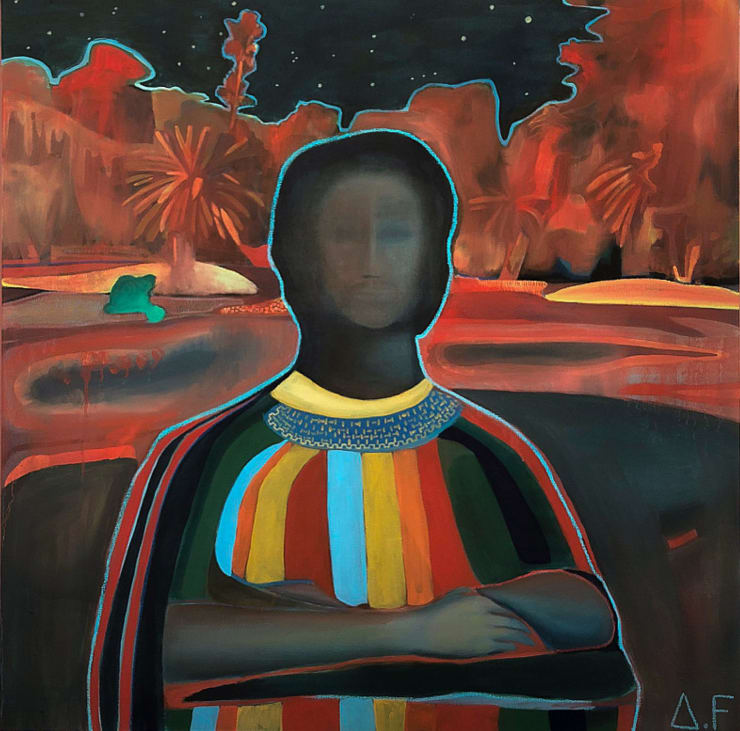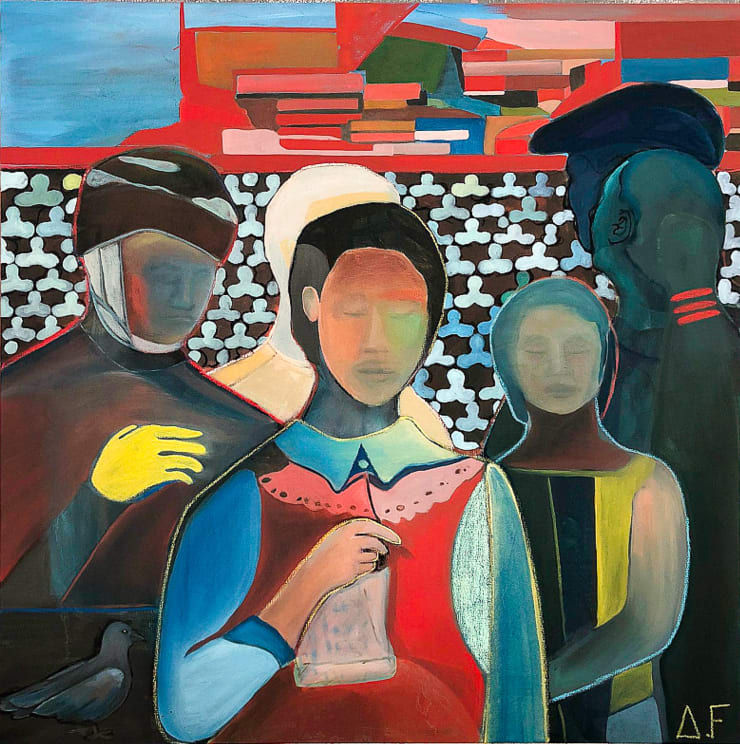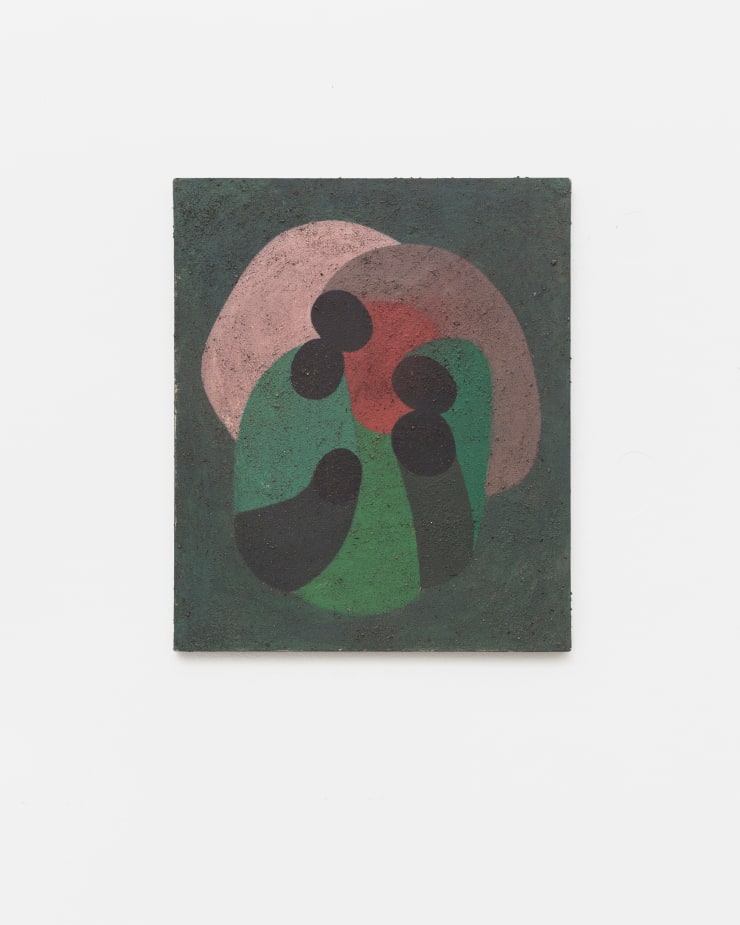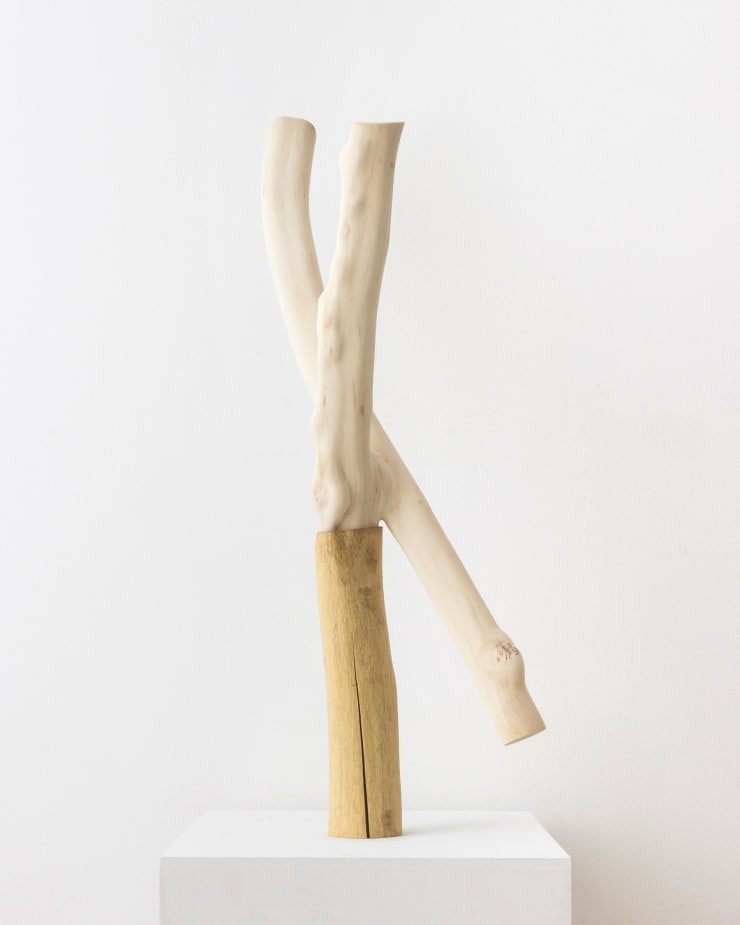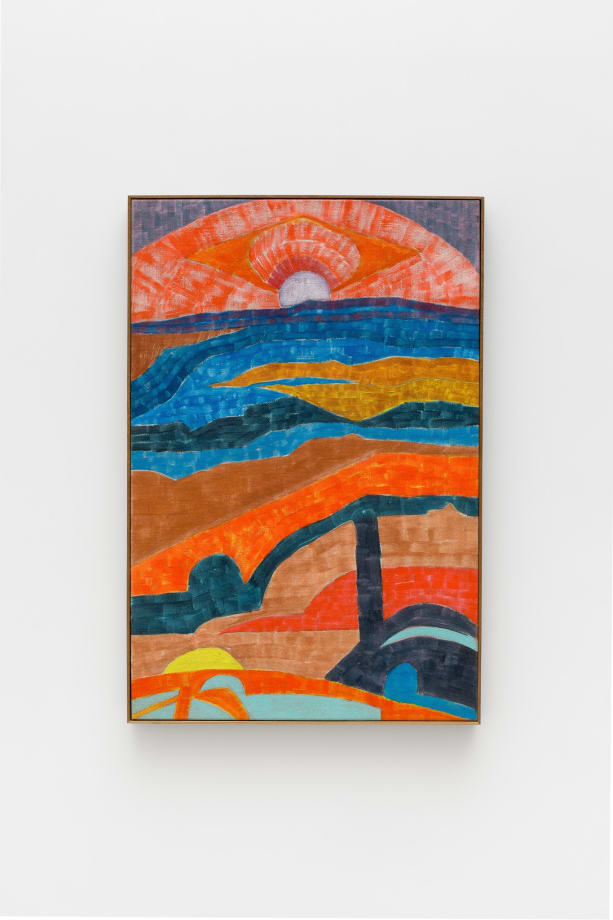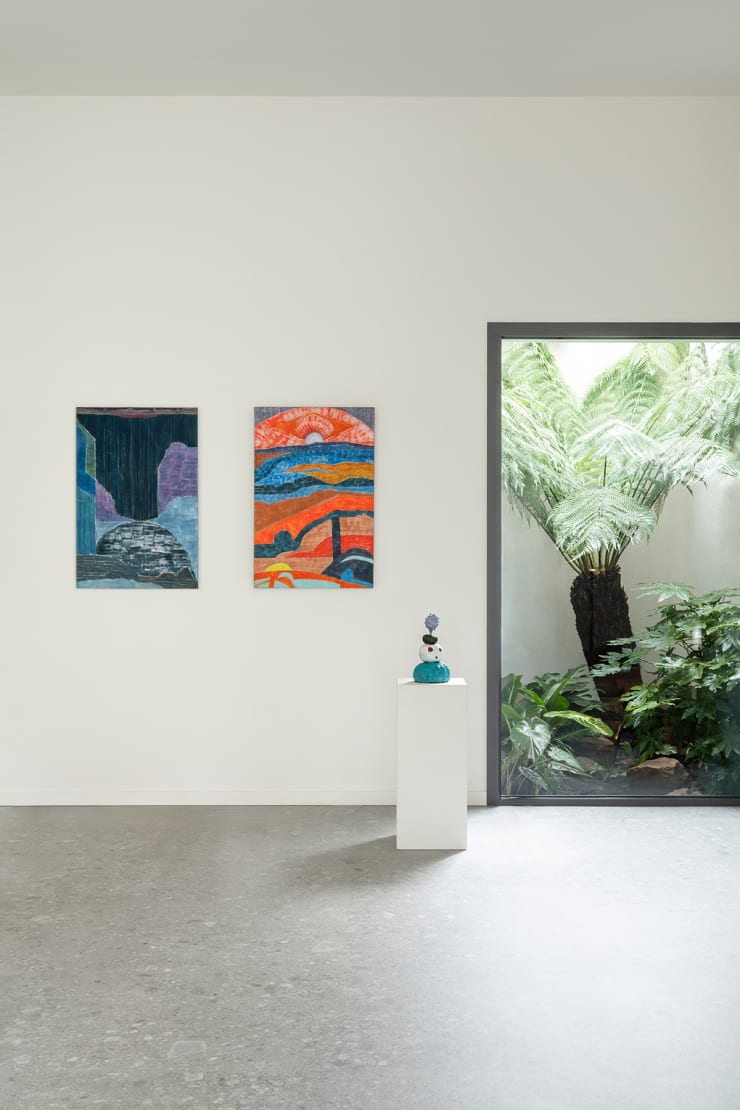Echoes of the Unseen
Echoes of the Unseen is an invitation into the folds of the invisible. Through the work of artists from diverse geographies and backgrounds, the exhibition emerges as a repository of traces of what can be perceived without being seen or touched. A multidisciplinary exhibition infused with metaphysical poetry, Echoes of the Unseen highlights the performative nature of the invisible and the indelible mark it leaves on our daily lives-no need to recall the effect of a childhood scent, a piece of music, a dream, or an intuition on our emotions, and even our decisions.
Among all facets of the invisible, the exhibition places particular emphasis on memory and heritage. These two cornerstone notions permeate the corpus of each artist, at times bearing the historical weight of the past, celebrating the intergenerational transmission of stories and cultures, and drawing from their personal experiences. Embellished with poetic elements, Diambe, Adrian Fortuin, Baptiste Lanne, Mariana Rocha, Abou Traore, and Tuan Vu remind us of the dynamic forces of memory and heritage, particularly cultural heritage, on our reality. Their artistic reifications-processes of making something abstract into a concrete reality-are echoes to be probed and listened to, sensitive translations of a profound depth hidden within the folds of the invisible.
Exploring the collective memory of the Brazilian Black diaspora, Diambe's (Brazil, 1993) body of work consists of paintings and bronze sculpture transcends traditional boundaries, through knowledge systems from the African diaspora and Amefrican traditions.
Deep, rich-tones paintings, bronze with coloured patinas, the particular works featured in this exhibition merge bodies from different biological and spiritual realms. In their work, Diambe incorporates hybrid entities that challenge categorization and encourage more respectful relationships in a nature that can be applied to social spheres. Being a Black non-binary person, disobedient to gender binarism, Diambe understands the body as place and place as body, in a mirrored geography that is always political. Their hybrid work stands on the border of several worlds. It can be assimilated to landscapes, zoomorphic figures, food, trans-species entities and manifestations of a dreamed memory. The artist challenges the barriers imposed on dissident bodies in contemporary times.
There is something impalpable in the works of Adrian Fortuin (South Africa, 1994) that feels ethereal, celestial or otherworldly. By (re)working with personal, public, and popular South African archives, Fortuin explores traces of post-apartheid and post-colonial moments and occurrences that continue to resonate in the present, reminding us how memories and collective histories shape our understanding of the contemporary. Fortuin sees the figure or human form as the vessel from which we experience life. Yet, in his paintings, figurative abstraction becomes an approach to bridge the gap between a pragmatic visual representation to something that reaches further - almost to the edge of something that could easily fall apart because of its vague or abstract qualities.
Fortuin’s work is rich in references to the work of other artists such as Francisco Goya, Peter Doig, David Koloane, Edvard Munch, Lynette Yiadom-Boakye, Michael Armitage, Henry Taylor or Danny Fox. Fortuin’s steeping in the art world, both historical and contemporary, gives his work a richness and shows his commitment to the discourse of painting over time.
Through his sculptural work, Baptiste Lanne (France, 1987) emerges as a sculptor deeply passionate about nature. His approach, conceptual yet firmly grounded-walking, searching, and collecting being his primary creative drives-communicates his fascination with natural and subtle elements that elude human perception. Coupled with his interest in silent energies and phenomena, his sculptures thus serve as receptors of echoes from the invisible.
"We must know how to observe the world as it is and not transform it by means of a representation that sets it against man", wrote Lee U-Fan in a text published in the magazine Critique du design in September 1969. In Baptiste Lanne's work, branches of wood, earth and small pebbles are raw, while wood is hollowed out or lightly carved. All these materials are collected from the artist's immediate environment. Lanne's work is soft and raw, nostalgic and timeless, simple yet complex to grasp. His work establishes a close relationship between the environment in which these elements are found and their fundamental quality. His work is evocative of the Mono-Ha school (1968 to 1975), Land Art (1960-) and Arte Povera (1966- 1980), although the artist makes no claim to it.
Engaging colors as vibrant as they are dazzling, Mariana Rocha (Brazil, 1988) explores the concept of a salty sea stirring within every body. This inner sea, populated by marine creatures, particularly mollusks, invisible yet profoundly felt, evokes inner realities akin to those delineated by dreams. For Rocha, waters, especially those of the Atlantic, bear the memories and histories of the diaspora, echoing the struggles and resilience of African populations deported in millions. Reconnection and healing, two silent processes, become visible in her paintings.
Hailing from Bobo-Dioulasso, Abou Traoré (Burkina Faso, 1969) descends from an ancestral lineage of sculptors. Through bronzes rooted in Bobo tradition and syncretism, the artist explores and reveals intangible dimensions of local spirituality, culture, and ecology. By recalling ancestral values and integrating contemporary perspectives, Traoré makes visible the echoes of the unseen that shape our perceptions and interactions with the world.
For Tuan Vu (Vietnam), his painting functions as a projection of his thoughts, his state of mind, and his subconscious. Guided by intuition and his childhood memories in Vietnam, his work echoes past experiences that come to life in the whirlwind of a vibrant and assured palette. His art not only captures invisible elements of the human experience but also invites profound reflection on identity, environment, and spirituality.






